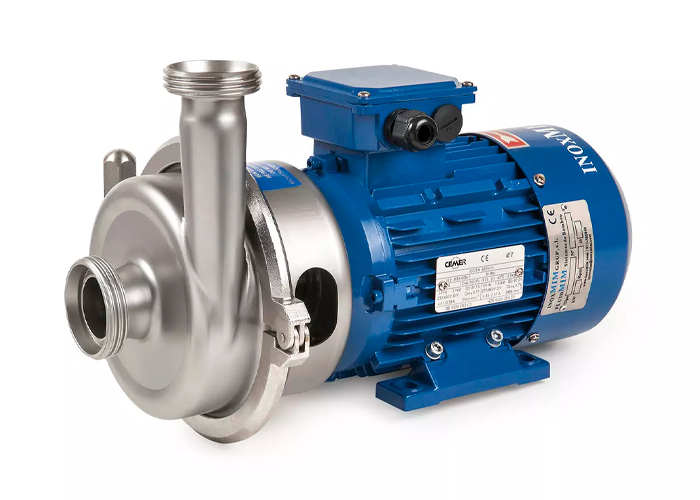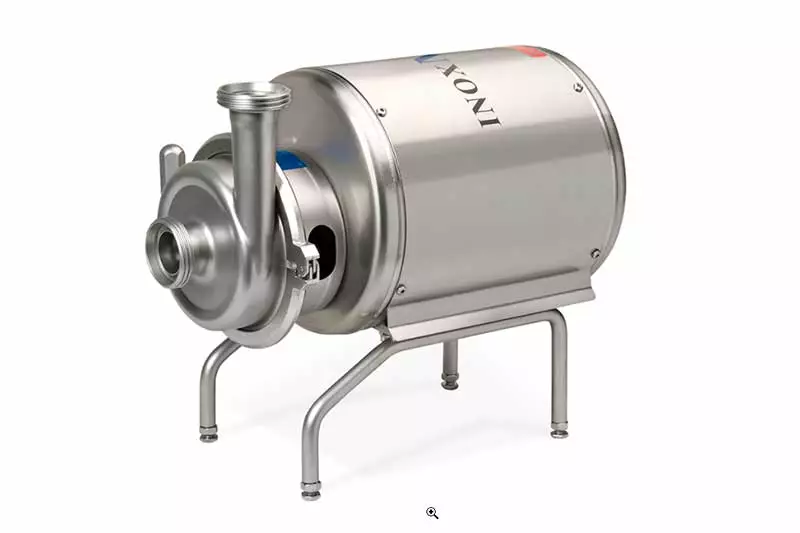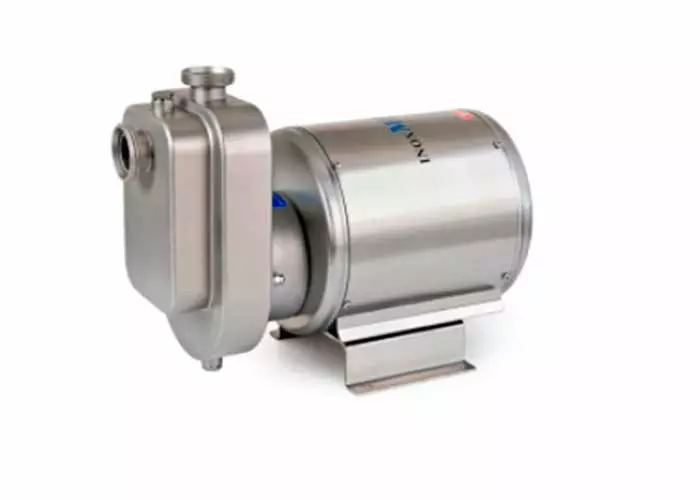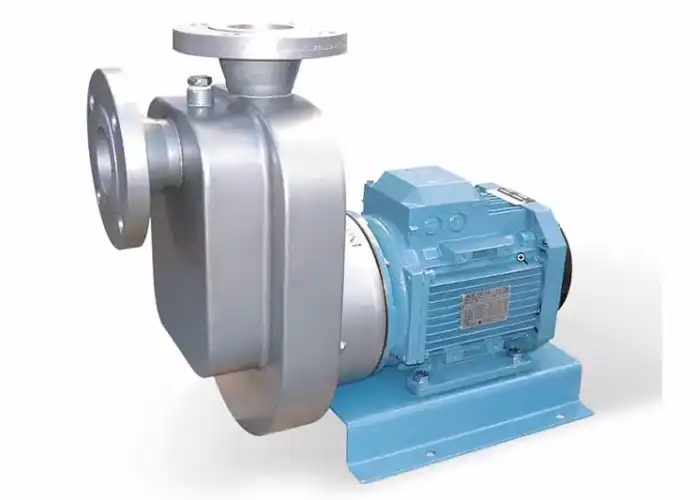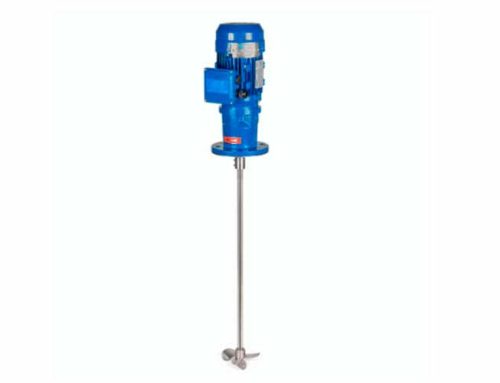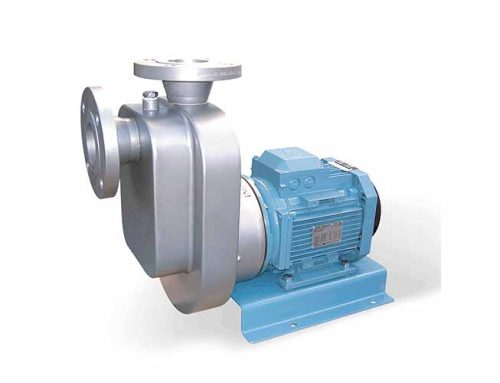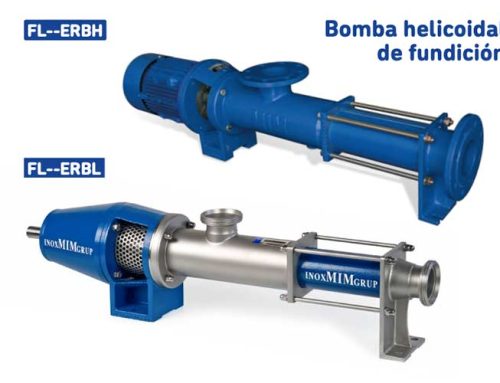Calculating the hydraulic power of a pump
When it comes to choosing a centrifugal pump, you must start by knowing how to correctly identify the necessary power of the pump.
That is why, next, we will provide the main keys to perform the power calculation of a centrifugal pump.
Table of contents
How to calculate the hydraulic power of a centrifugal pump
There is a specific formula that allows the calculation of the power of any water pump, but to understand it we have to analyse its different components. The formula in question is as follows:
Power = (Pump Flow x Pump Pressure) / Performance
Now let’s see what each element means, since knowing that will be essential to apply it:
Flow
The concept of flow rate is fundamental when talking about pumping systems, as it refers to the amount of product, measured in kilograms, that can be transported or pumped through a system in a given time interval.
This parameter is crucial for the design and selection of the right pump for each specific application, thus ensuring that the system can efficiently handle the volume of fluid required by the process.
Generally, pump performance characterization is performed using as a reference water at a temperature of 20 degrees Celsius, at which time its density is exactly 1 kilogram per liter.
This specification facilitates the standardization of tests and calculations related to pump performance, allowing a more direct comparison between different models and types.
To express the flow rate in a way that is both accurate and understandable, units such as liters per second (l/s), liters per minute (l/min) or cubic meters per hour (m^3/h) are commonly used. This variety in units of measurement allows the expression of flow rate to be tailored to the specific needs of each application, making it easier for engineers, technicians and operators to understand and calculate.
By adjusting the flow rate to these units, professionals can ensure that the pumping capacity is perfectly aligned with the process requirements, thus optimizing the performance and efficiency of the system as a whole.
It is important to note that flow rate not only influences pump selection, but also the design of the entire installation, including piping, valves and other components. Accurate flow calculation is essential to ensure optimal operation and to avoid problems such as cavitation, motor overloads or insufficient fluid supply to downstream processes.
Pump pressure
The pump must give a pressure that is the sum of three factors: the geometric height, the pressure drops and the spearhead.
The geometric height is the height difference from the point where the pump is located to the drain point. If the fluid is to rise, it will be positive; but if the drain point is lower, the value will be negative. This is because gravity will help, and the pump will cost less to do the work.
The pressure drop is caused by the friction between the fluid and various elements of the installation itself, such as filters or valves.
This loss will depend on the flow rate, the diameter of the pipes and the material with which they are made. Therefore, depending on the type of installation, there will be rules that determine the minimum and maximum flow rates that can be supported.
Finally, the spearhead refers to the pressure that the fluid will have when it leaves the conduit. This will be measured in bars.
Related articles:
Performance
Efficiency is an essential parameter when evaluating the effectiveness and efficiency of a centrifugal pump, as it provides a measure of how well the energy supplied to the pump is converted into useful work to move the fluid through the system.
In performance analysis, efficiency is considered to be composed of three fundamental aspects: hydraulic efficiency (hydraulic ŋ), mechanical efficiency (mechanical ŋ), and electrical efficiency (electrical ŋ), each reflecting different phases in the energy conversion within the pump.
The hydraulic ŋ focuses on the power losses that occur specifically in the pump stator, that is, the section where the fluid is driven by the rotor blades.
This type of performance is crucial, as hydraulic inefficiencies can mean higher energy demand to achieve the desired flow rate and pressure, increasing energy consumption and operating costs.
On the other hand, mechanical ŋ takes into account the power losses that happen in the pump’s mechanical transmission components, such as gimbals in helical pumps, bearings, and seals. These losses are mainly due to friction between moving parts and can vary significantly depending on the quality of construction, pump design, and periodic maintenance performed.
Finally, electrical ŋ refers to the efficiency with which the electric motor converts electrical energy into mechanical energy to drive the pump. Modern high-efficiency motors can achieve efficiencies close to 98%, which implies that only a small part of the electrical energy is lost, mainly in the form of heat.
It is important to note that the total efficiency of a centrifugal pump is not simply the sum of these three types of efficiency, but rather the result of their interaction. Optimizing each of these aspects is critical to improving the overall efficiency of the pump, reducing energy consumption and operating costs, while maximizing the delivery of useful energy to the process.
Perform the calculation
Once the different elements that will affect the calculation of the power have been analysed, we can express the set mathematically:
P = Gravity * Q * H / (ŋ * 450) = Q* H / (ŋ * 450)
As we can see, it is the same formula as before, but broken down into all its elements. Thus, P is the power, and it will be expressed in horsepower. Gravity, on the other hand, will take 1 as a general value. Q will be the mass flow rate, and will be expressed in liters per minute (l/min). H, on the other hand, will be the pressure expressed in bar. The number 450 is the conversion factor to obtain the power in horsepower. Finally, the symbol ŋ will be the total efficiency.
Consequently, this formula will be the one to be used for all centrifugal pumps, regardless of the model or type of installation. Only the internal characteristics of the pump in question and of the pump installation should be taken into account.
How to disassemble and assemble the mechanical seal of FL30CI and FL50CI Pumps?
As we have seen, performing the power calculation of a centrifugal pump is a simple task. Knowing the different characteristics, and applying this formula, we will always be able to identify exactly whether the pump in question offers us the power we need, or whether we should opt for a different model.
Remember that if you need more information, or need personalized advice regarding our catalogue of centrifugal pumps, you just need to contact us. You can do this by filling out our contact form, also call us on +34 972 5820 40 or email us at inoxmim@inoxmim.com. We will help you find the model that covers your applications or your industrial activity without problems or errors.
Contact us

